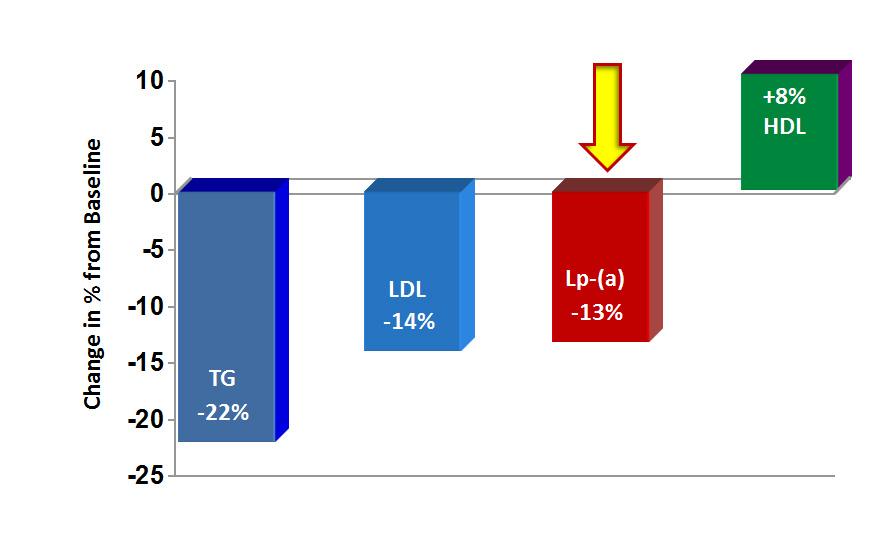Hundreds of millions of people have elevated blood levels of cholesterol, triglycerides, LDL (low density lipoproteins), lp(a) and other lipoproteins. According to Cellular Health™, these are actually secondary risk factors for cardiovascular disease and the consequence of ongoing vascular disease, with the primary cause being instability of blood vessel walls. Conventional medicine considers genetic and dietary risks to be the main causes of elevated cholesterol blood levels. If a change of diet doesn’t help, the medical community commonly reaches for harmful cholesterol-lowering drugs and other medicines to suppress symptoms, without addressing the underlying cause of fat metabolism problems, which is blood vessel weakness.
Aim of the Study
Cellular Health™ opens up the possibility of the effective prevention and control of lipid metabolism disorders through the targeted use of nutrients synergy, such as specific vitamins, minerals, and amino acids. These micronutrients help strengthen the artery walls, thus reducing the need for elevated production in the liver of triglycerides, cholesterol, lipoprotein(a), and other risk factors that are used as “repair” factors for weak arterial walls. Thus, the primary measure for lowering cholesterol and other secondary risk factors in the bloodstream is to stabilize the artery walls, thereby decreasing the metabolic demand for the excess production of these risk factors in the liver. The nutrient synergy program tested in the study had a unique dual action. This program not only controlled the blood cholesterol and other lipid levels, but it also nourished and improved the condition of the blood vessel walls.
Following are the interim results of two clinical pilot studies in patients with elevated cholesterol and lipoprotein(a) plasma levels who have been following a nutrient synergy program for three months.
Study Design
Fourteen patients, between the ages of 34-68 and suffering from fat metabolism disorders, were the participants in this study. They took daily dosages of specific cellular nutrients for three months. At the same time, they continued to take their usual prescription medications. To obtain interim results, blood tests were obtained at the beginning of the study and following twelve weeks of vitamin treatment.
Interim Study Results
 At the beginning of the study, the average blood lipoprotein(a) level of patients was 71 mg/dl (Figure 1), and the average total cholesterol level was 293 mg/dl (Figure 2). After three months on the vitamin program, the average level of lp(a) decreased by 13%. Total cholesterol in all patients decreased by 14%, LDL decreased by 10%, triglycerides decreased by 22% and homocysteine decreased by 3%. HDL (good cholesterol) increased in this time period by 8%. It is important to note the decrease of lp(a) levels since there is no successful conventional treatment available to lower this significant blood risk factor for heart disease. Lipoprotein(a) is a tenfold greater risk factor for heart disease than cholesterol or LDL cholesterol.
At the beginning of the study, the average blood lipoprotein(a) level of patients was 71 mg/dl (Figure 1), and the average total cholesterol level was 293 mg/dl (Figure 2). After three months on the vitamin program, the average level of lp(a) decreased by 13%. Total cholesterol in all patients decreased by 14%, LDL decreased by 10%, triglycerides decreased by 22% and homocysteine decreased by 3%. HDL (good cholesterol) increased in this time period by 8%. It is important to note the decrease of lp(a) levels since there is no successful conventional treatment available to lower this significant blood risk factor for heart disease. Lipoprotein(a) is a tenfold greater risk factor for heart disease than cholesterol or LDL cholesterol.
Currently, we are evaluating the six-month pilot study results in patients with elevated blood cholesterol and other lipid levels. However, patients have immediately taken advantage of Dr. Rath’s discovery and his nutrient synergy program, and we received numerous testimonials that are supported by medical data.